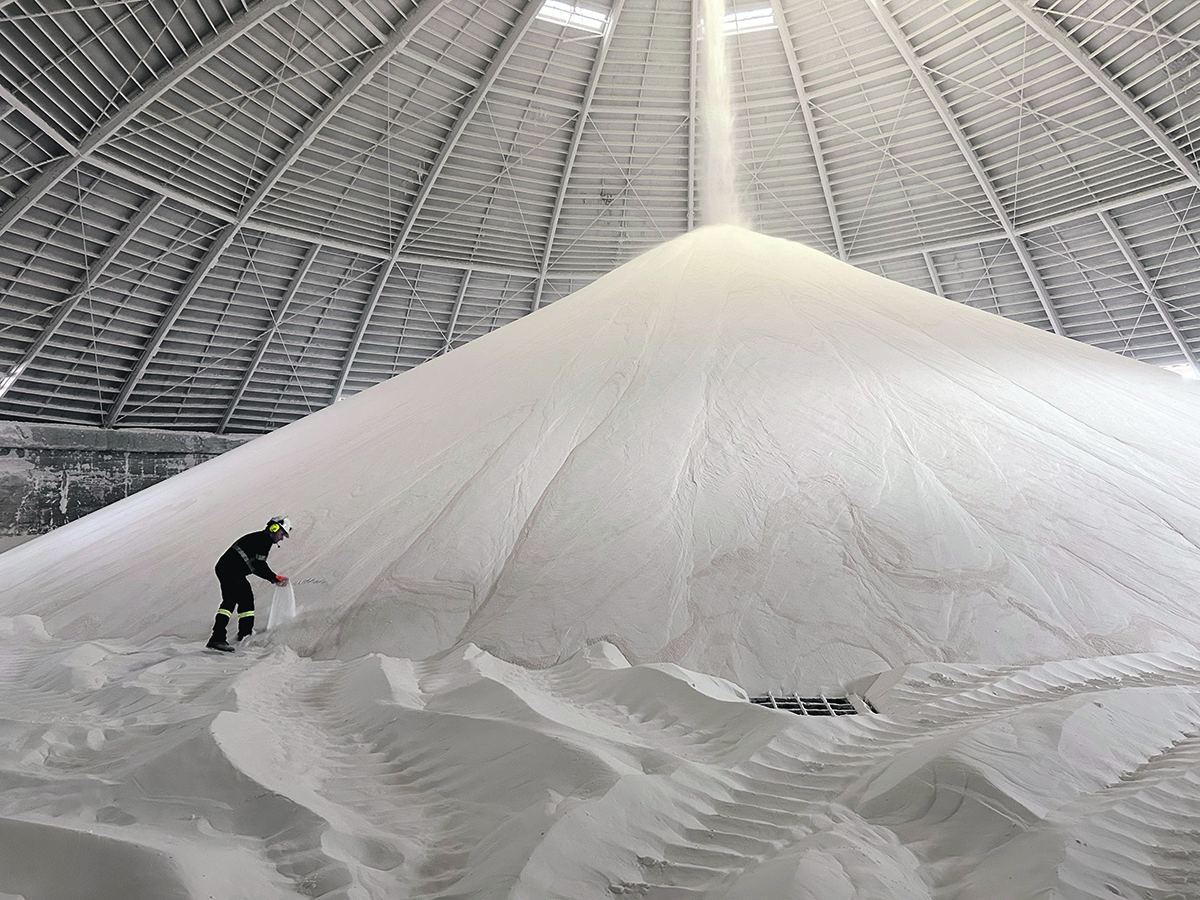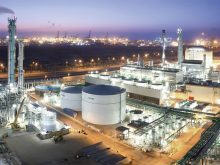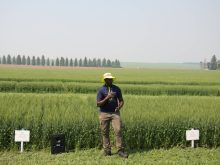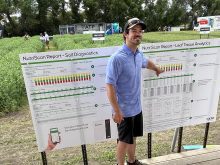Glacier FarmMedia – Potassium might be the Rodney Dangerfield of fertilizer nutrients: it gets the least respect, says a Saskatchewan agronomist.
However, it’s essential to the crop growth process, and you might even say that potassium walks so nitrogen can run.
K is the engine that — among many other things — powers photosynthesis, increases protein, builds starch and helps minimize and fight off disease pressure, says Bryce Moore, northeast Saskatchewan territory manager with Western Ag Professional Agronomy.
Read Also
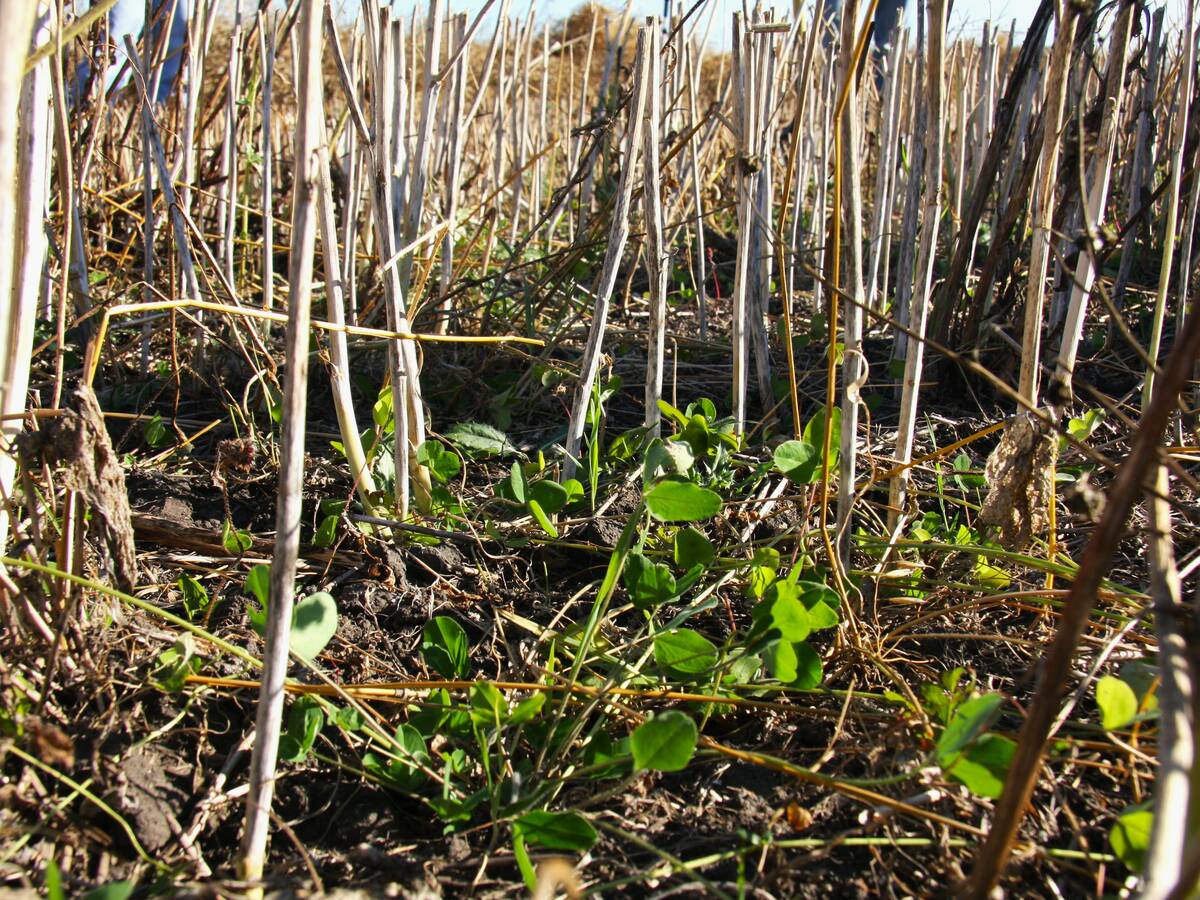
Saskatchewan project sees intercrop, cover crop benefit
An Indigenous-led Living Lab has been researching regenerative techniques is encouraging producers to consider incorporating intercrops and cover crops with their rotations.
Despite this, Moore has run into a lot of crop producers who don’t find K — applied on cereal and oilseed crops as potash fertilizer — as crucial to the growing process as nitrogen and phosphorus. They ignore it at their own crops’ peril, he said.
“K is a very crucial nutrient, and while it’s not overly crucial in the physical structure of the plant, it is crucial in a lot of the plant processes,” explained Moore at Saskatchewan Agriculture’s Agronomy Research Update.
Moore offered an analogy about what K does for a plant, specifically its role in regulating transpiration — or water loss — from a plant.
Moore used the metaphor of a house to explain a plant’s regulation of transpiration rate.
“If it’s the middle of summer and you’re in your house, you have air conditioning on and all your windows are open, it’s a nice 18, 19-degree day, the amount of energy that your air conditioner is using to keep that house cool is minimal,” he said.
“But if it gets to 35 degrees outside, the amount of energy that air conditioner is using to keep that house cool is going to skyrocket in order to stop that loss out the windows.”
In this case, it’s potassium’s job to “close the windows” or, in more scientific wording, to change the stomatal opening to adjust transpiration.
Moore compared sufficient K in the soil to having a fit 20-year-old running around the house closing those windows. Being short of it is akin to having a 90-year-old in a wheelchair doing the same job.
“It’s going to be a lot slower process and you’re going to lose a lot of energy before you can actually adapt to those stresses.”
Moore further expanded on the transpiration process and how potassium helps. Using the example of a plant’s reaction to extended hot, windy conditions, he detailed plant responses to adequate, moderate and deficient K.
“Early on when that plant is put under stress, (with adequate K) there’s a little bit of an increase in transpiration rate, but it’s very quickly able to respond and change the stomatal opening to reduce that transpiration,” he said.
Stomata are pores on the leaves of plants that allow water and gas exchange.
“In moderate potassium that response is a little bit delayed. If we’re short on K the plant can’t react as quickly. And with severe potassium deficiency, we can see a pretty severe transpiration loss early on and it takes (the plant) quite a bit longer to respond to that stress and never really gets to the point that it would have if it had adequate potassium.”
Some signs of K deficiency include yellowing of leaf tips, white streaking in leaves, lodging, slow growth, low seed weight and low protein.
Questions with K
K is a complicated nutrient and it’s often difficult to predict its response, said Moore, making it a worthy subject of ongoing research.
“We’re taking a lot of K away with our current yield targets. We need to determine when and how much to invest in potassium, and at the end of the day, we have one chance to grow a crop, and we need to get it right.”
Part of “getting it right” means knowing just how much K primary crops need.
Estimates of nutrient content suggest that a 110 bushel per acre barley crop requires 153 pounds per acre of N and 167 pounds of K (total uptake needs, not fertilizer applied). Canola needs 178 pounds of N and 165 of K for a 65-bushel crop.
Oats need 194 and 203 pounds of N and K respectively for a 180-bushel crop and wheat requires 175 and 122 for 80 bushels.
While most soils in Manitoba are considered to have enough K for crops like canola, more fields may need a jolt when groing crops like potatoes. PHOTO: ALEXIS STOCKFORD
While most soils in Manitoba are considered to have enough K for crops like canola, more fields may need a jolt when groing crops like potatoes. PHOTO: ALEXIS STOCKFORD
Don’t back off on potassium, says agronomist
In Manitoba, meanwhile, low potassium is a lesser worry. Manitoba Agriculture suggests that only about six per cent of agricultural land should be looking at supplemental application when growing crops like canola and cereals. For potato, corn or other horticultural crops, however, about a third of Manitoba soils don’t have enough K.
“I think something that’s not well appreciated is how much potassium it actually takes to grow a crop,” said Moore, adding that K applications in the northeast side of Saskatchewan are rare and many farmers assume there will be sufficient content in the soil, which is not always the case.
A deeper problem is that only a tiny percentage of K is available for plant uptake. In fact, only 0.1 to two per cent is readily available, one to 10 per cent is slowly available and 90 to 98 per cent is unavailable to plants.
“These are pretty wide ranges if you actually think about the total content of that soil,” he said.
Work needs to be done
Potassium is not a finished product research-wise, said Moore.
“I think work still needs to be done on rates based on soil, clay type and content application methods,” he said.
“I’d really like to see potassium trials done on low supply rate fields under controlled conditions where we can simulate some of that drought stress, potentially to see what the responses are under adequate moisture versus drought stress.”
Note: This story has been corrected. A previous version of this story wrongly reported numbers for crop-specific potassium requirements as fertilizer applied rather than a crop’s total needed potassium uptake.


